Tip Ton defines a new kind of dynamic seating – and a new typology: the all-plastic chair with forward-tilt action.
The chair’s name hints at the characteristic dual seating experience: From a resting position, the Tip Ton chair tilts forward until the sitter reaches a defined point and the chair lands softly in the forward sitting position. The key innovation behind this seemingly simple action lies in a 9 degree tilt, created by the shape of the chair’s floor skids. This new sitting position, which up to now has only been offered by mechanical office chairs, straightens the pelvis and spine and improves blood flow. For the first time, Tip Ton makes this dual-sitting posture available in the shape of a cost-effective and durable plastic chair.
Manufactured with no mechanical components and from a single cast, Tip Ton is practically indestructible and 100% recyclable. This means that the benefits of dynamic seating with forward tilt can now also be enjoyed in many more environments including schools, libraries and cafeterias. Thanks to its characteristic look, however, Tip Ton also makes a great addition to any home office or dining table.
In terms of design, it links our memories of architypical chairs made of wood with a contemporary expression typical for plastic injection moulding. Tip Ton is a clever solution that discreetly combines functions like a forward-tilt action and stacking so that they are not obvious at first glance. It is from these tensions and seeming contradictions that Tip Ton derives its design, energy and individual character.
Tip Ton is the first object realised in collaboration between Vitra and Barber Osgerby. Edward Barber and Jay Osgerby were both born in 1969 and studied Architecture together at the Royal College of Art in London, since which time they have worked together at the intersection of industrial design, furniture design and architecture. Tip Ton project was initiated in 2009, following the insight that modern educational content and dynamic learning environments required new furniture.
Tip Ton meets the EN 13761 standard for visitor chairs and the EN 1729-1 standard for chairs for educational institutions, as well as fulfilling GS (the leading safety mark in Europe), BIFMA (The Business and Institutional Furniture Manufacturer’s Association), and other standards.
Tip Ton is the first object realized in collaboration between Vitra and Barber Osgerby. Edward Barber and Jay Osgerby were both born in 1969 and studied Architecture together at the Royal College of Art in London, since which time they have worked together at the intersection of industrial design, furniture design and architecture. Tip Ton project was initiated in 2009, following the insight that modern educational content and dynamic learning environments required new furniture.
Tip Ton meets the EN 13761 standard for visitor chairs and the EN 1729-1 standard for chairs for educational institutions, as well as fulfilling GS (the leading safety mark in Europe), BIFMA (The Business and Institutional Furniture Manufacturer’s Association), and other standards.
The positive effects of the forward-tilt motion on health and concentration have been well documented and were also confirmed in a recent study by Vitra and the Swiss Federal Institute of Technology Zurich (ETH). This research shows that increased muscular activity in the stomach and back regions is beneficial because movement increases the flow of oxygen around the body which aids concentration.
Materials: Polypropylene, polyamide glides, available in eight colors
Designer: Edward Barber Jay Osgerby
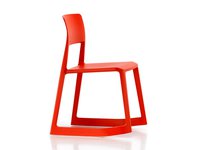
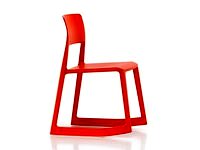
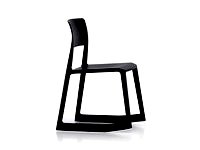
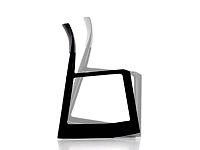
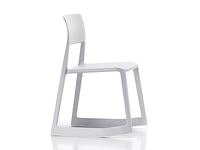
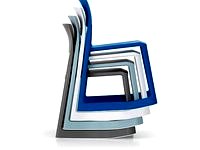
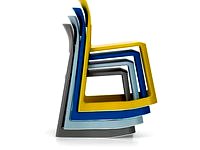
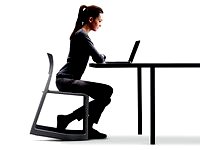
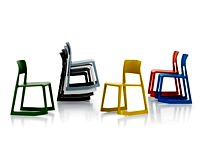
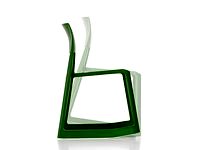
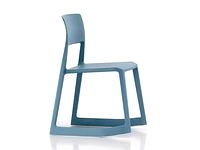
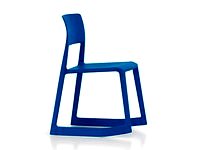
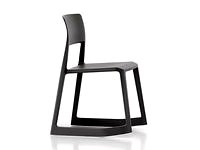
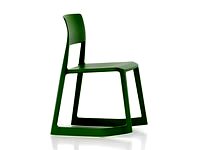
 Швейцария
Швейцария
